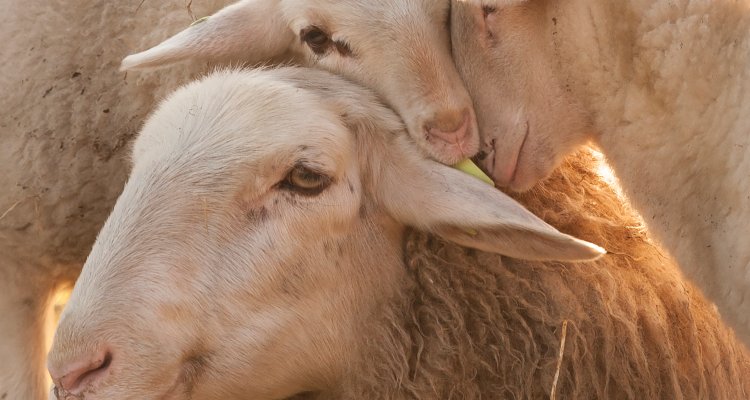
News
How about the risk status of the Dutch farm animal breeds?
The farm animal breed list presents the status of all Dutch breeds. About 90% of the 140 listed breeds are at risk, the risk classification is based on the number of registered breeding females in the population.
Centre for Genetic Resources, the Netherlands (CGN) uses the FAO classification described in: Guidelines for the In Vivo Conservation of Animal Genetic Resources (FAO, 2013).
Dutch breeds
A breed is a uniform population of animals which are distinctive from other populations of the same species. Furthermore, a Dutch breed needs to be originated, kept and bred here in the Netherlands. There has to be an active breeding organization or network of breeders, who are concerned with maintaining a healthy population by executing a breeding programme, in order to pass on heritable characteristics to the next generation. A Dutch breed needs to be bred for at least 40 years and 6 generations within the Netherlands, without regular exchange with foreign populations or different breeds.
Criteria risk status
The risk status and classification is based on the previous mentioned FAO Guidelines. The first criteria is the number of registered breeding females, where a distinction is made between a high and a low breeding frequency. A high frequency means the species are able to have multiple offspring, multiple times a year (dog, pig, rabbit, birds). The low frequency applies to species which have in general one or maybe two offspring once a year (cow, horse, sheep, goat). The breeds with a high breeding frequency is said to be vulnerable with less than 2000 registered breeding females and low frequency is already at risk with less than 6000 registered breeding females.
Furthermore the rate of inbreeding per generation (when available) will be taken into account when the risk status of a population is evaluated. The lower the rate of inbreeding, the lower the risk of unexpected hereditary disorders. An inbreeding rate over 1% is said to ‘too high’ and less than 0.25% is stated as ‘normal’ with minimal chances of hereditary disorders in the future.
The third criterium is the trend in population size over the last 15 years. For example, with the rising popularity of Friesian Holstein cattle from 1980 onwards, the other Dutch (dairy) cattle breeds have minimalized in numbers. This downward trend represents the low number of animals for those breeds we have nowadays.
Remarkable changes within the Dutch breeds
One of the most striking changes in this updated breeds list is the status of the Kempen Heath Sheep, the number of registered females exceeded the 6,000 and this breed has no longer a vulnerable status. On the other hand, there is a decrease in breeders of the Dutch milk sheep who are registering their animals in the studbook. The rate of inbreeding per generation is not at risk, for now, however concerns are in place about the high inbreeding coefficient. The Badgerfaced Texel is included in the breeds list as its own breed for the first time. Previous versions showed the number of Badgerfaced Texel as a colour variant within the Blue Texel population.
Within the cattle breeds, the Groninger White Headed has gained popularity and there is a small increase in population size. Furthermore, their constructive breeding programme, as for example the use of many different bulls or the use of crossbreeding, has resulted in a reduced rate of inbreeding and lower classification. The number of commercially bred Dutch Landrace pig (Topigs Norsvin N-line) is rapidly reduced in the last couple of year and this breed will probably only be found at small scaled hobby farmers in the future.
And good news for the Dutch Shetland pony, this breed is bred in the Netherlands for over 40 years now, without regular exchanges with foreign populations, and added to the Dutch breeds list. For the Groningen horses as well as for the Gelders horse / Gelderlander horses there are two different studbooks acknowledged.